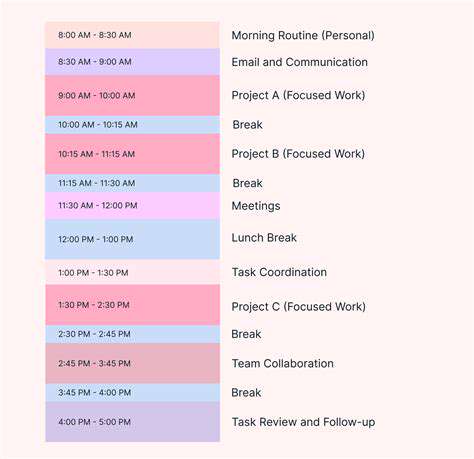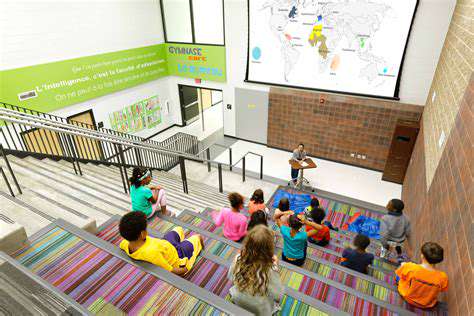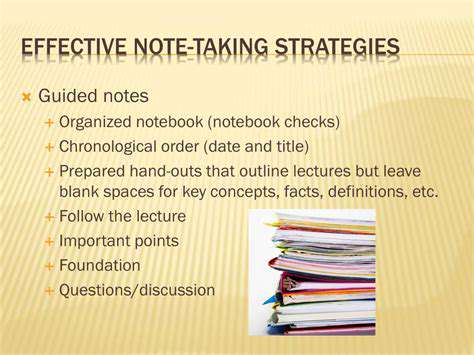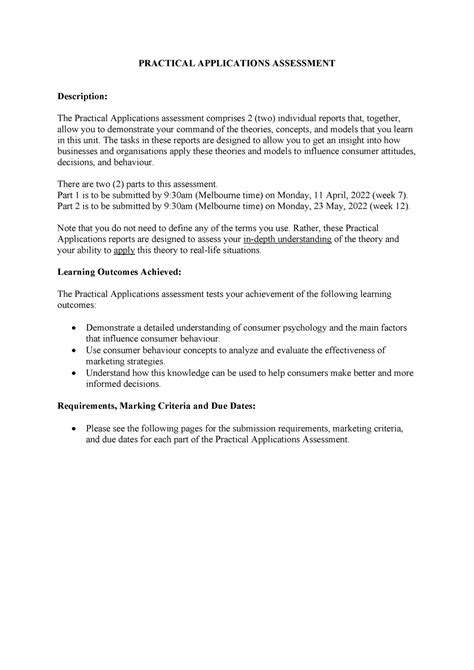How to Learn a Foreign Language Through Immersion
Immersion's Impact on Language Acquisition
Immersion in a language environment goes beyond mere exposure; it requires active participation in daily linguistic interactions. When learners engage with native speakers in authentic contexts - whether at grocery stores, public transport, or social gatherings - their brains form organic connections between vocabulary and real-world applications. This natural learning process mirrors how children acquire their first language, creating durable neural pathways that traditional classroom methods often fail to establish.
The beauty of immersion lies in its incidental learning opportunities. Overheard conversations, street signs, and even advertising slogans become unplanned but valuable lessons in colloquial usage and cultural references. These unscripted encounters teach learners the rhythm and flow of natural speech patterns that textbooks rarely capture.
Overcoming the Challenges of Immersion
Initial discomfort in immersive environments actually signals progress. That awkward feeling when ordering coffee incorrectly or mispronouncing street names represents the necessary growing pains of authentic language acquisition. Seasoned polyglots often recount their most embarrassing mistakes as their most memorable learning moments.
Cultural adaptation presents another layer of complexity. The way people queue differently, interpret personal space, or express politeness varies dramatically across cultures. Rather than viewing these differences as obstacles, successful learners treat them as living anthropology lessons that deepen their understanding of the language's cultural DNA.
Strategies for Maximizing Immersion's Potential
Effective immersion requires deliberate daily practices. Keeping a language journal to record new expressions heard in the wild, or maintaining a phrase of the day challenge with local friends creates structured spontaneity in learning. Many learners find that volunteering at community centers or attending religious services in their target language provides both linguistic and cultural immersion.
Technology can bridge gaps when direct immersion isn't possible. Setting devices to the target language, following local influencers on social media, or listening to regional radio stations creates a virtual immersion environment. The key lies in consistent, multi-sensory exposure that approximates living abroad.
Ultimately, immersion succeeds when learners embrace discomfort as progress. The moments of confusion and frustration actually represent the brain's natural acquisition process at work. By reframing challenges as milestones rather than setbacks, learners unlock immersion's full transformative potential.
Actively Engaging with the Language: Beyond Passive Exposure

Understanding the Importance of Active Engagement
True language mastery demands more than passive consumption. It requires the conscious application of knowledge in real-time communication. When learners force themselves to think in the target language rather than translating mentally, they develop the cognitive flexibility that characterizes true fluency. This mental shift represents the crucial difference between knowing about a language and actually using it.
Active engagement creates what linguists call communicative competence - the ability to use language appropriately across different social contexts. This includes understanding when formal speech is required versus casual conversation, and how to modify expressions based on audience and setting.
Practicing Different Language Skills
Balanced language development resembles musical training - neglecting any core skill creates noticeable deficiencies. Reading novels builds vocabulary depth, while writing personal reflections solidifies grammatical structures. Shadowing techniques (repeating audio content with minimal delay) dramatically improve pronunciation and intonation.
Conversation clubs with clear participation rules (e.g., no English allowed periods) create low-pressure practice environments. Many learners find that explaining concepts in their target language to fellow students reinforces their own understanding while identifying knowledge gaps.
Utilizing Diverse Learning Resources
Authentic materials provide cultural context that manufactured content cannot. Cooking from foreign-language recipes, assembling furniture with translated instructions, or following local news coverage offers practical applications for vocabulary acquisition. Children's literature and graded readers provide accessible entry points to native materials.
Digital tools have revolutionized access to authentic content. Language learning extensions that provide instant translations on websites, or apps that connect learners with native speakers for conversation exchanges, create personalized immersion experiences regardless of location.
Creating a Supportive Learning Environment
Psychological safety accelerates language acquisition. Study groups that celebrate mistakes as learning opportunities, rather than embarrassing failures, foster experimental attitudes crucial for progress. Many successful learners establish no judgment zones where imperfect communication is encouraged.
Positive reinforcement systems, like tracking consecutive days of practice or rewarding first conversations with native speakers, build sustainable motivation. Visual progress trackers make abstract improvement concrete and measurable.
Embracing Cultural Context
Language lives within culture. Understanding why certain phrases carry different emotional weights, or how historical events shaped modern expressions, provides the subtext that makes communication authentic. Many idioms and jokes only make sense when viewed through cultural lenses.
Cultural immersion can begin locally through ethnic festivals, foreign film screenings, or international student groups. These experiences provide living laboratories for observing how language functions in social contexts beyond textbook dialogues.
Leveraging Technology for Enhanced Immersion
Immersive Language Learning Apps
Contemporary language platforms use sophisticated algorithms to create personalized learning journeys. Spaced repetition systems ensure vocabulary retention, while speech analysis tools provide instant pronunciation feedback that traditional methods couldn't offer. The best apps now incorporate AI conversation partners available 24/7, eliminating scheduling barriers to practice.
Interactive video content allows learners to choose their own adventure in language scenarios - from navigating airports to resolving conflicts with neighbors. These branching narratives teach pragmatic language skills that prepare users for real-world interactions beyond simple phrase memorization.
Virtual Reality and Augmented Reality for Language Learning
VR language simulations now recreate complete cultural ecosystems. Learners can practice bargaining in Moroccan souks or presenting business proposals in Tokyo boardrooms within risk-free virtual environments. Haptic feedback technology even simulates physical interactions like handshakes or exchanging currency.
AR applications overlay contextual vocabulary on real-world objects through smartphone cameras. Pointing at restaurant menus instantly translates items while maintaining original formatting, helping learners decode authentic materials in real time. Some museums now offer AR language tours that adapt explanations to visitors' proficiency levels.
The next frontier combines these technologies with biometric feedback. Systems that monitor heart rate and pupil dilation can identify when learners feel overwhelmed, automatically adjusting difficulty levels to maintain optimal challenge states for acquisition.
Building a Supportive Community: The Power of Connection

Cultivating Connection
Language learning communities thrive when members embrace vulnerability. Establishing rituals like mistake of the week sharing sessions normalizes errors as part of the process. Peer mentoring systems that pair advanced learners with beginners create reciprocal teaching opportunities that benefit both parties.
Digital platforms now enable global connections while maintaining local relevance. Neighborhood-based language exchange meetups organized through apps combine the convenience of technology with the irreplaceable value of face-to-face interaction.
Establishing Shared Values
Effective language communities codify their ethos explicitly. A three-strike rule against grammar-shaming or mandatory positivity in feedback creates psychological safety nets for learners. Many groups adopt mantras like progress over perfection to reinforce growth mindsets.
Community contracts that outline expected behaviors and consequences for violations maintain standards while allowing for cultural differences in communication styles. These living documents evolve as communities grow and diversify.
Encouraging Active Participation
Structured participation systems prevent dominant personalities from monopolizing conversations. Talking tokens that limit turns or timed response windows ensure equitable engagement opportunities. Some groups implement silent meetings where all communication happens in the target language via writing before verbal discussion begins.
Role rotation in conversation groups - with members alternating as facilitators, vocabulary recorders, or cultural consultants - distributes responsibility while developing multiple language competencies simultaneously.
Promoting Empathy and Understanding
Cross-cultural communication workshops that explore different conversational norms (turn-taking, eye contact, physical gestures) prevent misunderstandings before they occur. Perspective-taking exercises, like explaining language concepts using only basic vocabulary, build patience and mutual understanding.
Many successful communities incorporate cultural showcase events where members present aspects of their native languages and traditions. These celebrations of diversity reinforce the human connections underlying linguistic exchange.
Read more about How to Learn a Foreign Language Through Immersion
Hot Recommendations
- How to Stay Productive While Working Remotely
- Tips for Managing Conflict with Coworkers
- Entrance & Certification Exams (升学考试)
- How to Improve Your Storytelling Skills (Speaking)
- How to Find Profitable Side Hustles
- Tips for Preparing for the TOEFL iBT Home Edition
- Guide to Switching Careers from [Industry A] to [Industry B]
- How to Run an Effective Hybrid Meeting
- Tips for Marketing Your Side Hustle on Instagram








![How to Ace Your Next Job Interview [Tips & Tricks]](/static/images/32/2025-05/BeyondtheInterview3ABuildingYourNetworkandFollowingUp.jpg)


